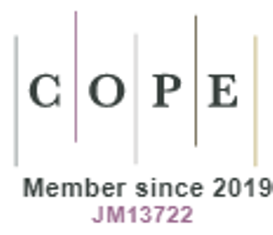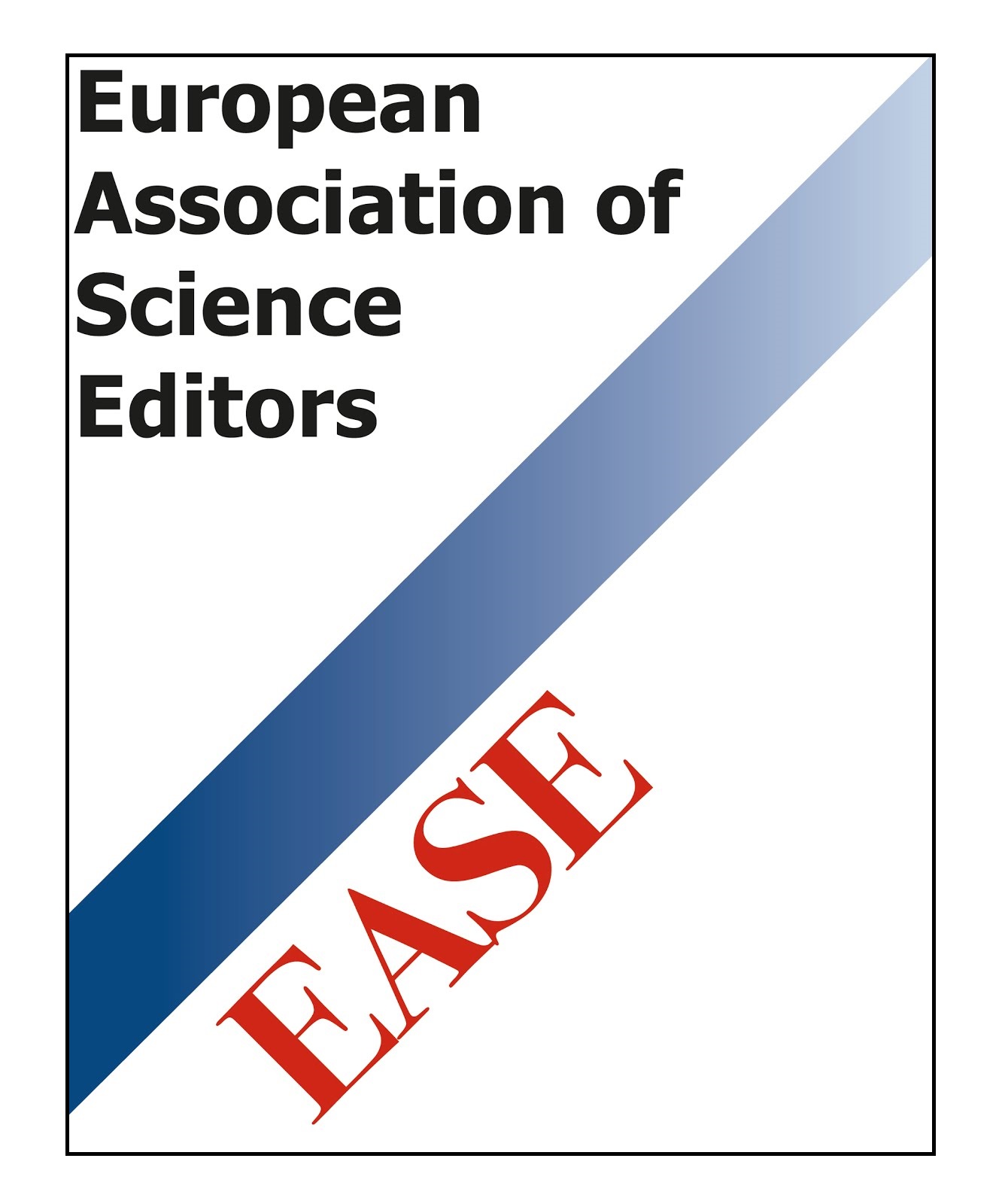Analysis of DDM into Gamma Radiation
DOI:
https://doi.org/10.15415/jnp.2020.72019Keywords:
Dark matter, Dipolar dark matter, WIMP, Relic densityAbstract
We are interested in the purpose of a dipolar fermionic particle as a viable candidate of Dark Matter (DDM). Then, we study the annihilation of dark matter into photons, considering it as a neutral particle with non-vanishing magnetic (M) and electric (D) dipolar moments. The total annihilation cross section σ(χ → γ
→ γ ) is computed by starting from a general form of coupling χ
) is computed by starting from a general form of coupling χ γ in a framework beyond to Standard Model (BSM). We found that candidates with O(mχ )∽102GeV, D≈10−16 e cm are required in order to satisfy the current cosmic relic density.
γ in a framework beyond to Standard Model (BSM). We found that candidates with O(mχ )∽102GeV, D≈10−16 e cm are required in order to satisfy the current cosmic relic density.
Downloads
References
F. Zwicky, Helv. Phys. Acta 6, 110–127 (1933).
V. C. Rubin, J. Burley, A. Kiasatpoor, B. Klock, G. Pease, E. Rutscheidt and C. Smith, Phys 67, 491 (1962). https://doi.org/10.1086/108758
N. Fornengo, Adv. Space Res. 41, 2010 (2008). https://doi.org/10.1016/j.asr.2007.02.067
G. Jungman, M. Kamionkowski, and K. Griest, Phys. Rept. 267, 195 (1996). https://doi.org/10.1016/0370-1573(95)00058-5
M. S. Turner, Phys. Rept. 197, 67 (1990). https://doi.org/10.1016/0370-1573(90)90172-X
G. D. Starkman, A. Gould, R. Esmailzadeh, and S. Dimopoulos, Phys. Rev. D 41, 3594 (1990). https://doi.org/10.1103/PhysRevD.41.3594
E. D. Carlson, M. E. Machacek, and L. J. Hall, The Astrophysical Journal 398, 43 (1992). https://doi.org/10.1086/171833
D. N. Spergel, and P. J. Steinhardt, Phys. Rev. Lett. 84, 3760 (2000). https://doi.org/10.1103/PhysRevLett.84.3760
A. Gould, B. T. Draine, R.W. Romani, and S. Nussinov, Phys. Lett. B 238, 337 (1990). https://doi.org/10.1016/0370-2693(90)91745-W
S. Davidson, S. Hannestad and G. Raffelt, JHEP 05, 003 (2000). https://doi.org/10.1088/1126-6708/2000/05/003
S. L. Dubovsky, D. S. Gorbunov, and G. I. Rubtsov, JETP Lett. 79, 1 (2004). https://doi.org/10.1134/1.1675909
J. H. Ho, Phys. Lett. B 693, 255 (2010). https://doi.org/10.1016/j.physletb.2010.08.035
E. Masso, S. Mohanty, Subhendra and S. Rao, Phys. Rev. D 80, 036009 (2009). https://doi.org/10.1103/PhysRevD.80.036009
S. Profumo, and K. Sigurdson, Phys. Rev. D 75, 023521 (2007). https://doi.org/10.1103/PhysRevD.75.023521
R. R. Caldwell, and M. Kamionkowski, Phys. Rev. D 70, 083501 (2004). https://doi.org/10.1103/PhysRevD.70.083501
N. Aghanim et al. (Planck Collaboration), arXiv:1807.06209 [astro-ph.CO] (2018).
J. H. Heo, Phys. Lett. B 702, 205 (2011). https://doi.org/10.1016/j.physletb.2011.06.088
E. Fermi, and E. Teller, Phys. Rev. 72, 399 (1947). https://doi.org/10.1103/PhysRev.72.399
K. Sigurdson, M. Doran, A. Kurylov, R. R. Caldwell, and M. Kamionkowski, Phys. Rev. D 70, 083501 (2004). https://doi.org/10.1103/PhysRevD.70.083501
N. Arkani-Hamed, D. P. Finkbeiner, T. R. Slatyer, and N. Weiner, Phys. Rev. D 79, 015014 (2009). https://doi.org/10.1103/PhysRevD.79.015014
L.Bergström, Reports on Progress in Physics 63, 793 (2000). https://doi.org/10.1088/0034-4885/63/5/2r3
C. Arellano-Celiz, A. Avilez-López, J. E. Barradas-Guevara, and O. Félix-Beltrán, arXiv:1908.05695 [hep-ph].
M. Cannoni, Eur. Phys. J. C 76, 137 (2016), arXiv:1506.07475 [hep-ph].
Downloads
Published
How to Cite
Issue
Section
License
View Legal Code of the above-mentioned license, https://creativecommons.org/licenses/by/4.0/legalcode
View Licence Deed here https://creativecommons.org/licenses/by/4.0/
| Journal of Nuclear Physics, Material Sciences, Radiation and Applications by Chitkara University Publications is licensed under a Creative Commons Attribution 4.0 International License. Based on a work at https://jnp.chitkara.edu.in/ |














